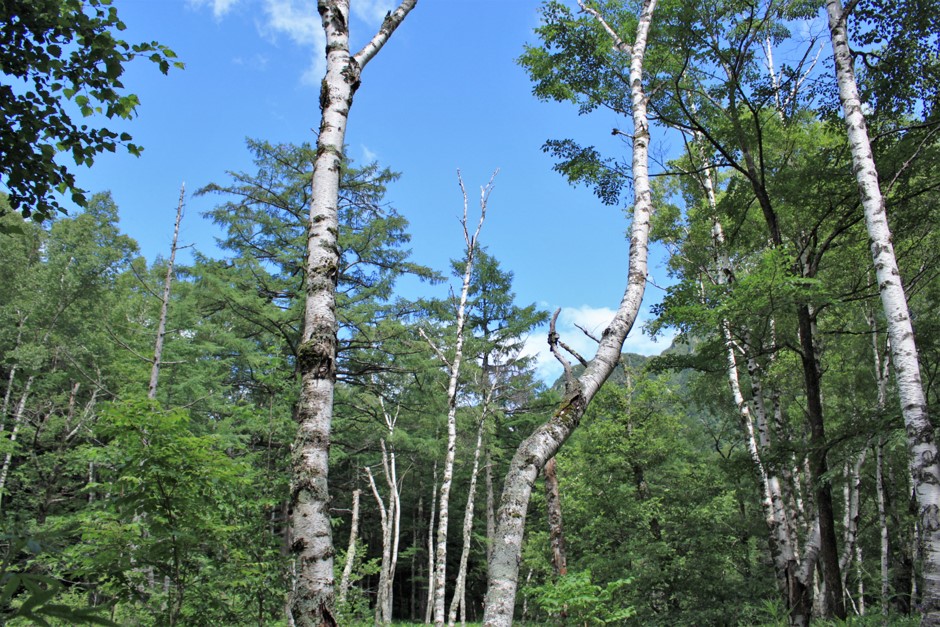|
|
|
|
TOP PAGE>Allergy Encyclopedia>Pollen
Quick table
|
Pollen
(Cedar, Japanese cypress, Ragweed, Gramineae, Wormwood, Shirakamba) |
|
|
In a specific season, the nose becomes clogged
and itchy eyes. Hay fever is a very troublesome thing, is not it? At the time of 2011, about one quarter of the people in Japan have been hay fever and it almost has been
a national disease. That country where so many people suffering from pollen is only Japan in the world. The number of patients in other countries is smaller than in Japan.
|
|
TypeI
|
Profilin
|
Plants causing pollinosis and pollen scattering areas (mainly Kanto)
| Tree name |
season |
allergen |
| Cedar |
February - April (Kanto) |
Cry j 1 , Cry j 2 |
| Japanese cypress |
March - May(Kanto) |
Cha o 0 , Cha o 2 |
| Ragweed |
August - October(Kanto) |
Amb a 1 , Amb a 9 |
| Grass family |
April - June(Kanto) |
Ory s 7 , Ory s 13 |
| Wormwood |
August - September(Kanto) |
Art v 6 |
| Shirakamba |
April - May(Tohoku) |
Bet v 3 , Bet v 4 |
※ Birch is a plant that lives mainly in Hokkaido, Tohoku and Shinshu. Few people respond to pollens of the genus birch in the Kanto region
Symptoms
- Mucosal symptoms: runny nose, sneezing, nasal congestion, itching of the eyes, itching of the nose
- Decline in QOL due to the above symptoms
What is QOL?
QOL(The quality of life) is a indication of quality of your life and your life. We can measure sense of living and happiness with this. People suffering from hay fever may also have lower QOL. It may interfere with study, work, housework, etc., as well as concentration and thinking power because of the symptoms of hay fever. Also, you may feel drowsiness and fatigue due to hay fever medicine. In this way, QOL has declined.
Low age of pollinosis patients
The average age of people who suffer from hay fever has declined recently. The main causes are as follows.
- The number of pollen plants has increased, and they are sucking more since childhood
- Th1 cells declined due to too clean environment
- Nose is well dried due to improvement of air conditioning equipment (this is called "dry nose")
The amount of pollen has increased in recent decades!
The large amount of timber was used during war and there was many wasteland that was not planted. So, from the latter half of the 1960's, afforestation policy was implemented by the government, so that a lot of cedar and cypress were planted there. Those trees grew and more pollen began to emerge.
Oral Allergy Syndrome
People suffering from hay fever of Japanese cedar allergies may become oral allergy syndrome, so people who are affected at the time of pollen scattering especially need to pay attention to fruit intake.
Introduction about plants causing hay fever
Cedar
For high ones, it is the tallest tree in Japan, which is also over 50 meters high. It is known that the number of allergic patients are the most because many tree were planted in the late 1960s and the amount of pollen scatter has recently increased. Cedar is an indigenous species in Japan and has been used as building materials, furniture, sculpture, crafting and other occasions for many years.
Japanese cypress
It is very excellent in durability and preservability, and it has been used as construction materials for a long time as well as cedars. It is said that Japanese cypress wood has a unique scent and has a calming effect and a bactericidal effect.
Ragweed
It is a plant of the Asteraceae family and its height is 0.3 m - 1.5 m. Originally inhabited in the vicinity of North America, it was an alien species that came in from the foreign country to Japan in the early Meiji period, and started to habitat in the early Showa period. It can live in various environments such as fields, trees, grasses, lawn, riverbeds and so on. |  |
Grass family
|
Wheat, rice, Japanese citrus and so on are included in the grass family. These all cause hay fever. |
Mugwort
It is a plant of the Asteraceae family. Sometimes it is used as a food such as Kusamoti or tea, and as a medicine, as putting it in a bath, being used as a itch stop, or being used for moxibustion. It is characterized by a very strong reproductive power, living everywhere such as parks, fields and house gardens. |  |
Shirakamba
It is also called “shirakaba(white birch)” . It lives mainly in Hokkaido, Tohoku, Shinshu. It grows quickly, and it is the first tree to grow on the wasteland after forest fires and landslides.  | | 2017.07.27 Photographed in Kamikochi, Nagano |

|
| |